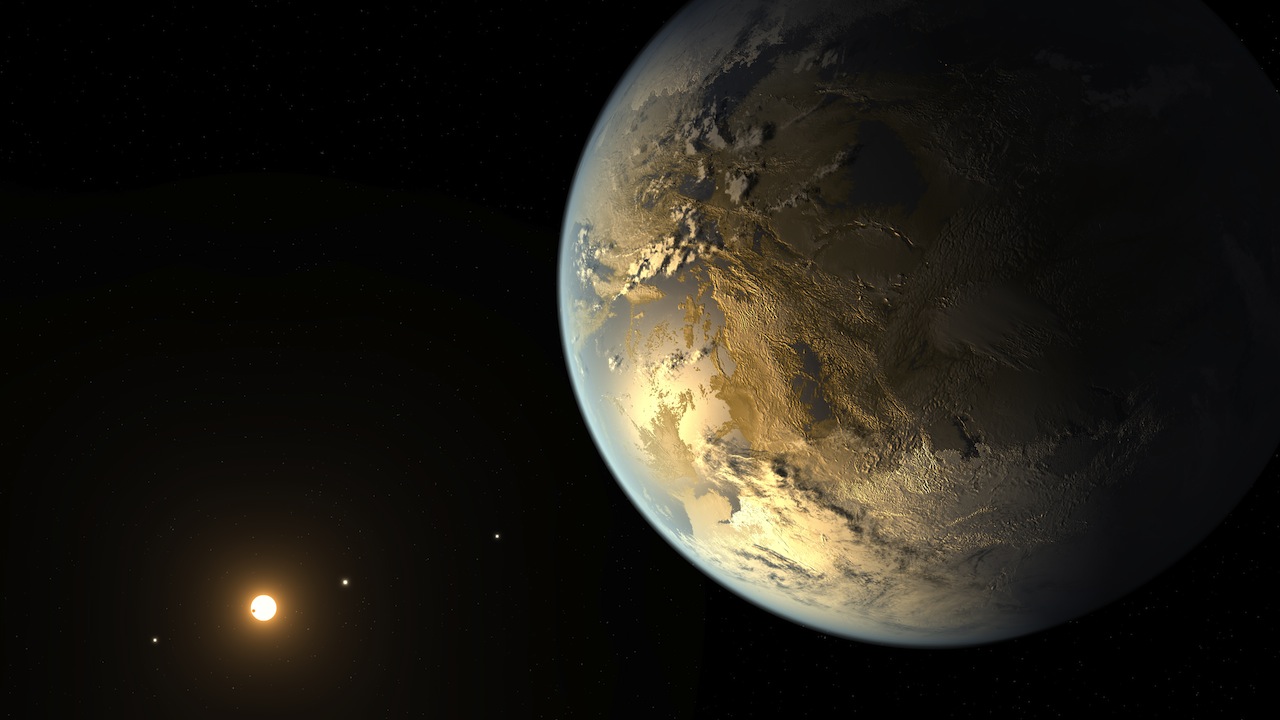Above is an artist’s rendering of Kepler-186f, the first Earth-sized planet discovered in a star’s “habitable zone” — the range at which a planet could contain liquid water. Astronomers using NASA’s Kepler telescope found the planet in the constellation Cygnus, 500 lightyears from Earth, and believe it has a rocky surface.
“We know of just one planet where life exists — Earth. When we search for life outside our solar system we focus on finding planets with characteristics that mimic that of Earth,” said Elisa Quintana of the SETI institute, who authored a paper announcing the find. “Finding a habitable zone planet comparable to Earth in size is a major step forward.”
However, the planet doesn’t necessarily support life just because it’s in the zone. According to Thomas Barclay, a co-author of the paper, “Being in the habitable zone does not mean we know this planet is habitable. The temperature on the planet is strongly dependent on what kind of atmosphere the planet has.”



